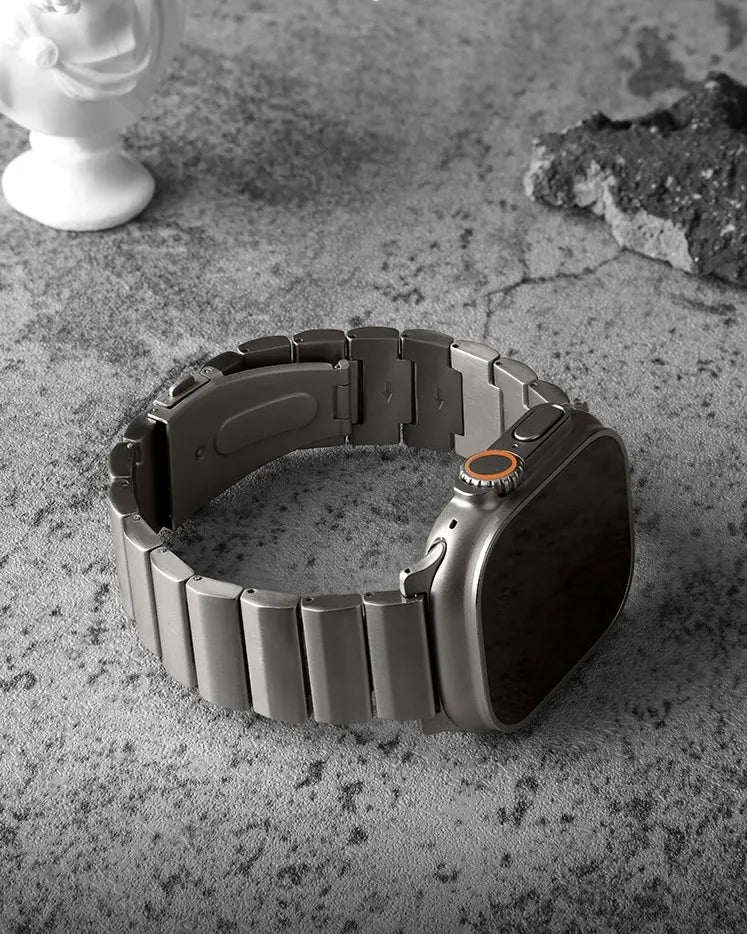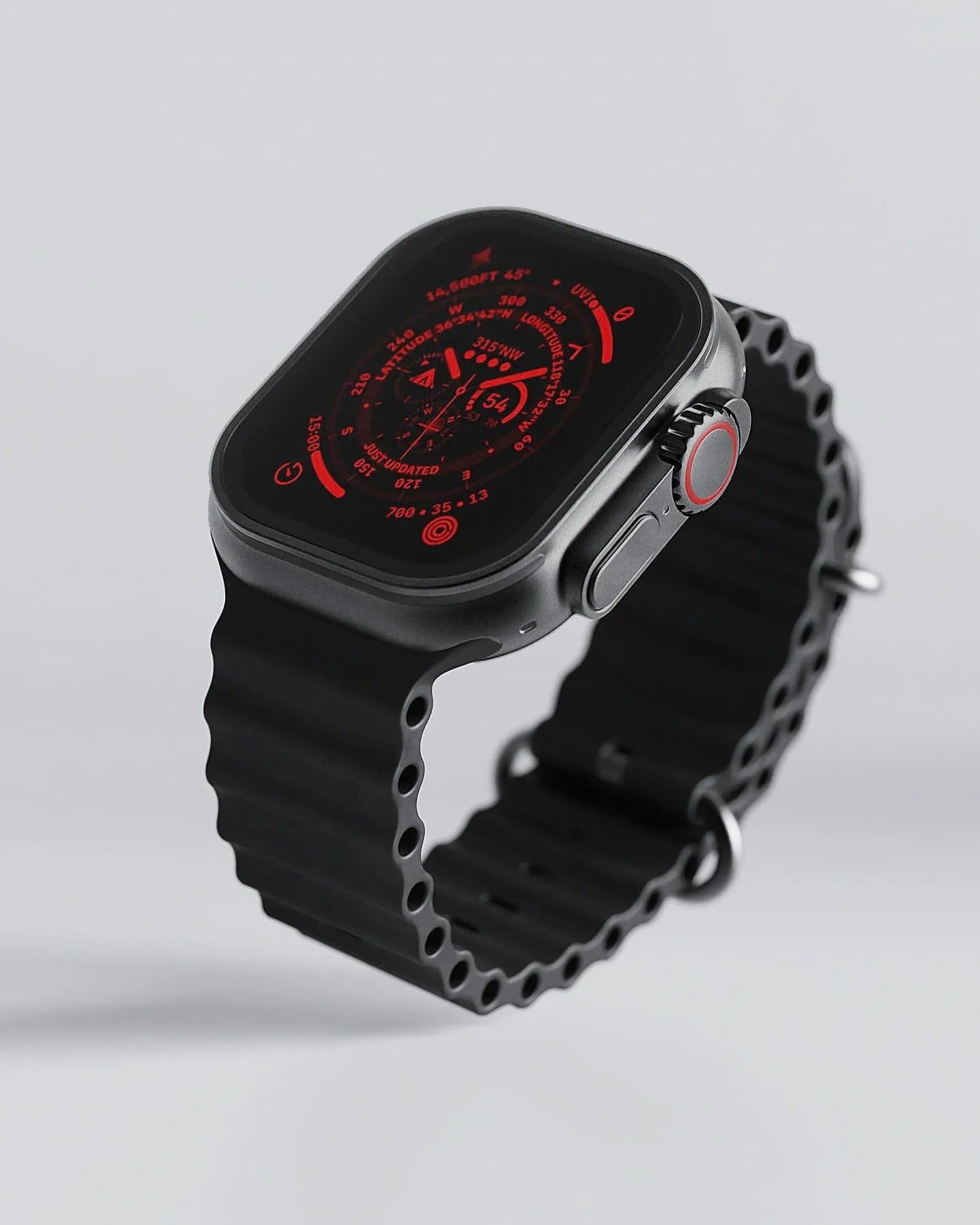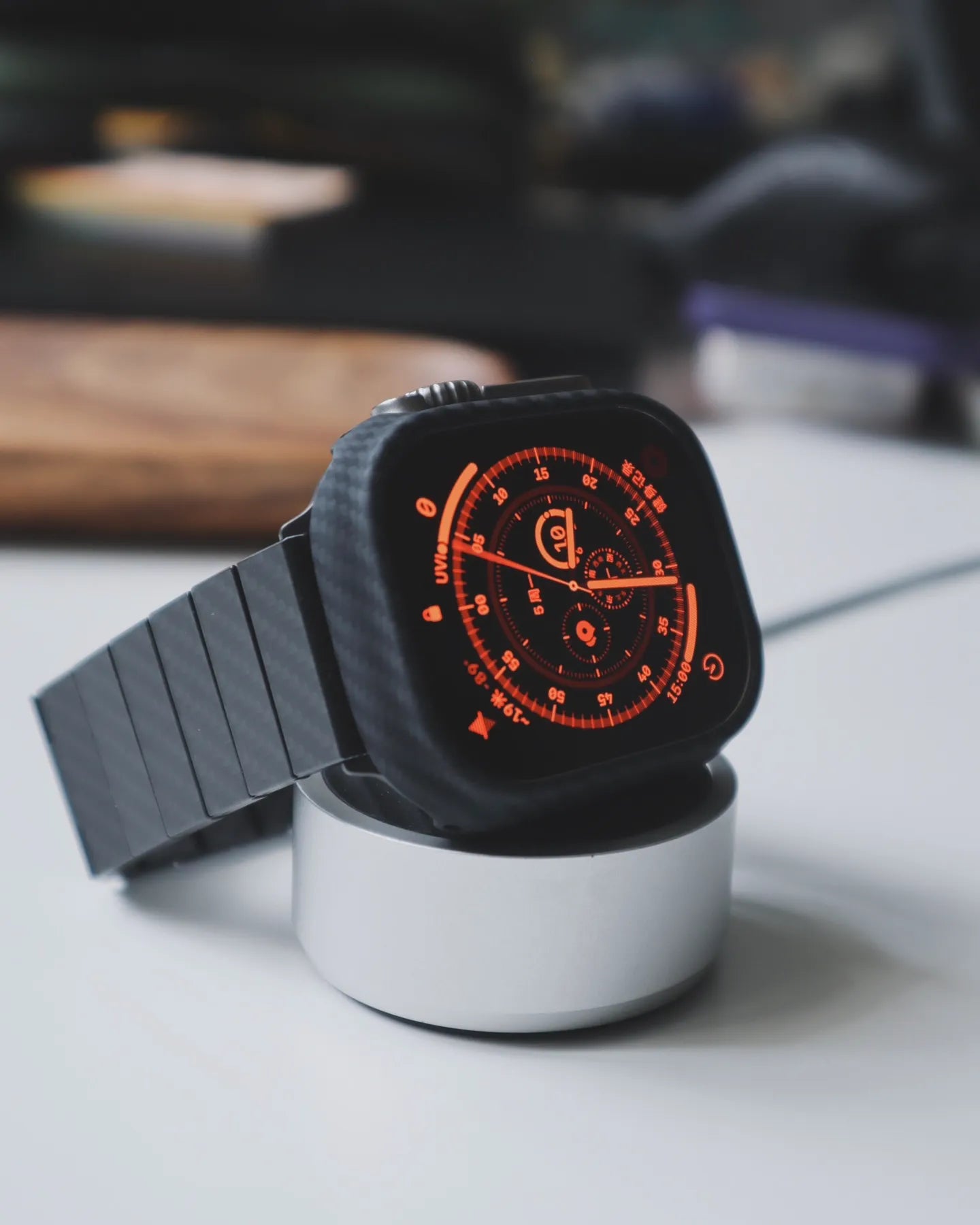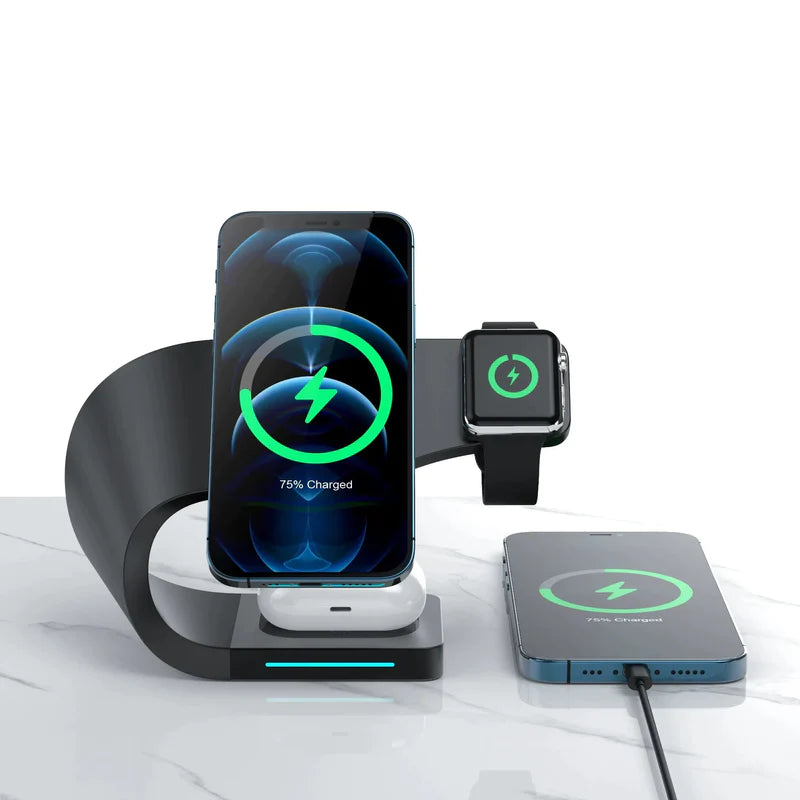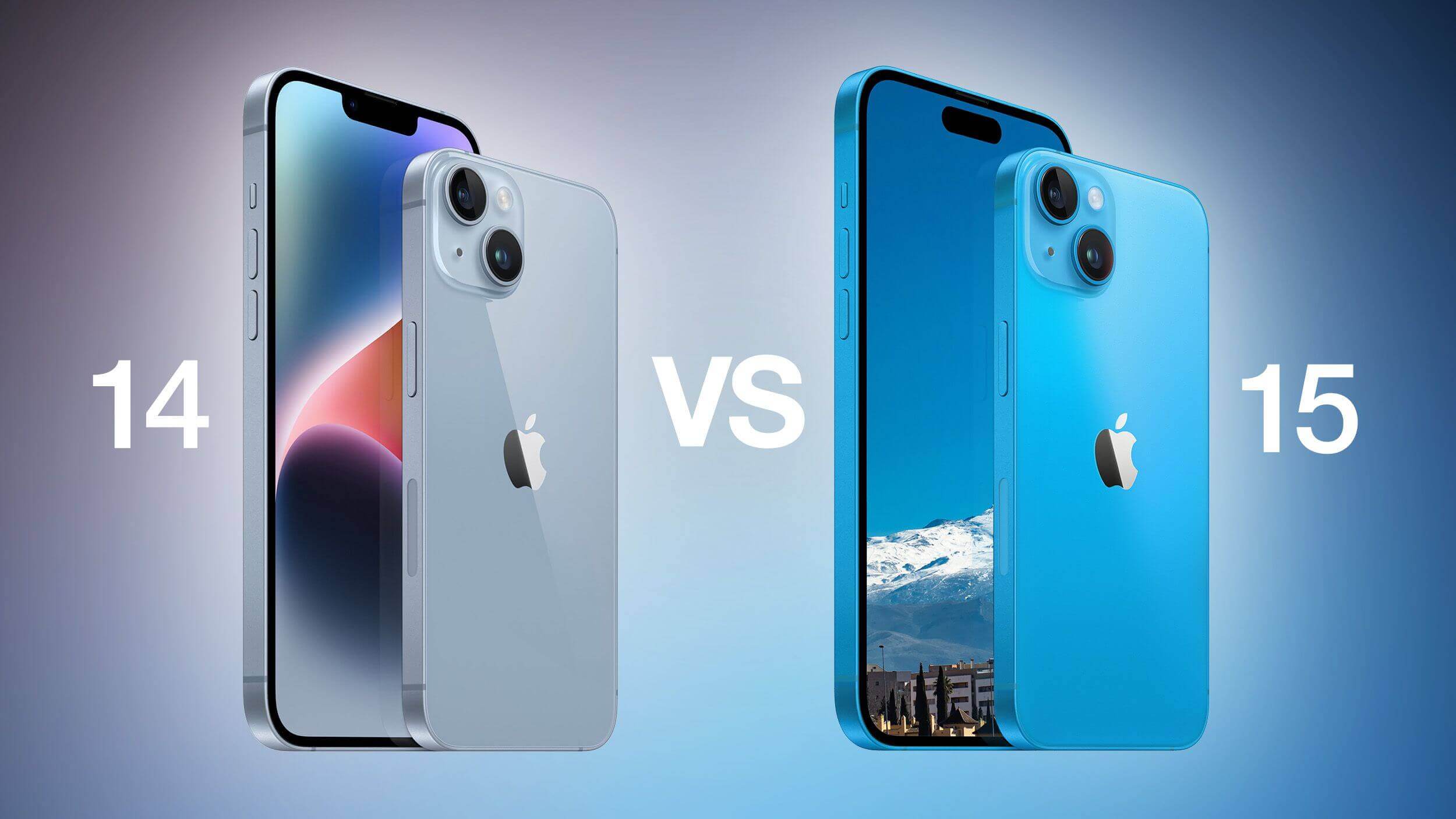Mobile phones, tablets, laptops and other electronic products have a lifespan, especially their built-in batteries, which will inevitably decline slowly with use.
Apple’s “Maximizing Battery Life and Life” feature page states that “battery life” is the amount of time your device can be used before it needs to be recharged. “Battery life” is the total time your battery will last before it needs to be replaced. If your iPhone's battery is not working properly, it is aged and needs to be replaced. In the case of repair service, it is important to consider its cost in advance.
If you're not sure how to extend the battery life of your iPhone, check out the following tips from Apple:
Update software to the latest version
Although many users disagree, Apple says software updates often include advanced energy-saving technologies, so users are advised to always make sure their device is running the latest version of iOS, macOS or watchOS.
Avoid extreme ambient temperatures
Apple states that the ideal temperature range for the battery in a device is between 16°C and 22°C. Users should be especially careful to avoid using or charging in high temperature environments (where high temperature refers to ambient temperatures above 35°C).
Keep the device out of places where the ambient temperature is higher than 35°C, otherwise the battery capacity may be permanently damaged Charging the device in high temperature environments may further damage the device When the temperature is too high, the software may limit charging after the battery reaches 80%.
Storing the battery in high temperatures may also cause irreparable damage High temperatures can damage the battery, but while the battery life of a device may be reduced when used in very cold conditions, Apple says this is only temporary. When the battery temperature returns to the normal range, the battery's performance will return to normal.

Remove some protective cases when charging
After replacing the new machine, many people will store the old one and not use it anymore. For Apple devices that are not used for a long period of time, there are two key factors that can affect the overall operating conditions of the battery if you plan to continue using it or sell it in the future: the ambient temperature and the percentage of the battery that is charged before it is disconnected and stored.
For devices that are not used for an extended period of time, Apple recommends that Do not store with a full charge or no charge; the device should be about 50 percent charged. If a device is stored with a completely depleted battery, the battery may fall into a deeply discharged state, resulting in consequences that can no longer be recharged. Conversely, if fully charged equipment is stored for an extended period of time, some of the battery capacity may be lost, thereby shortening battery life. Please follow the steps below to save your phone.
- Power down the equipment to avoid additional battery use;
- Store the equipment in a cool, non-humid environment at temperatures below 32°C;
- If the equipment is intended to be stored for more than six months, recharge the equipment to 50% of its capacity every six months;
- Charge the device with the original charger for approximately 20 minutes before reusing it in long-term storage.
How much battery health is left after using your iPhone for a while?


